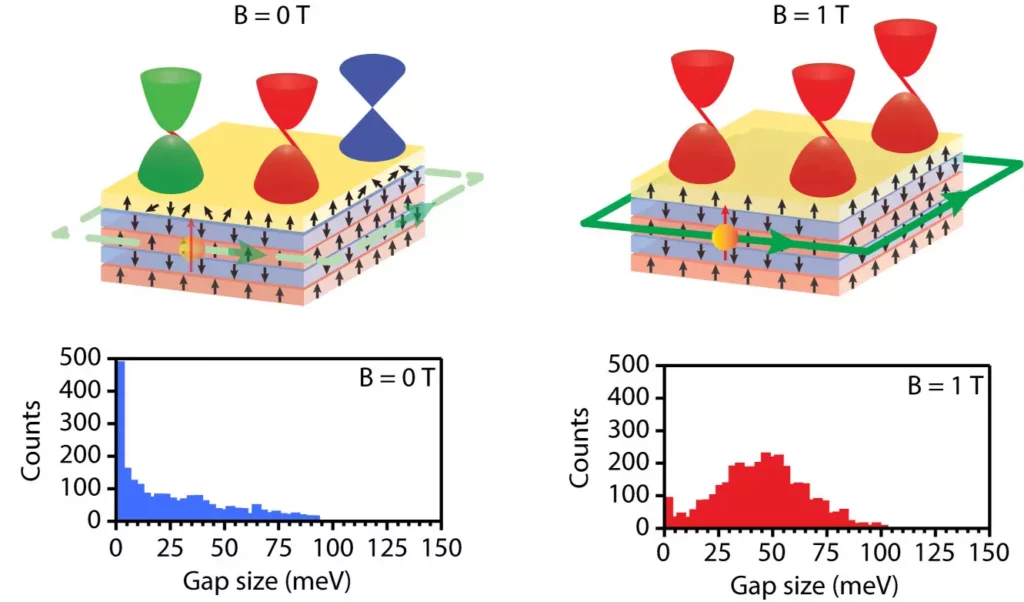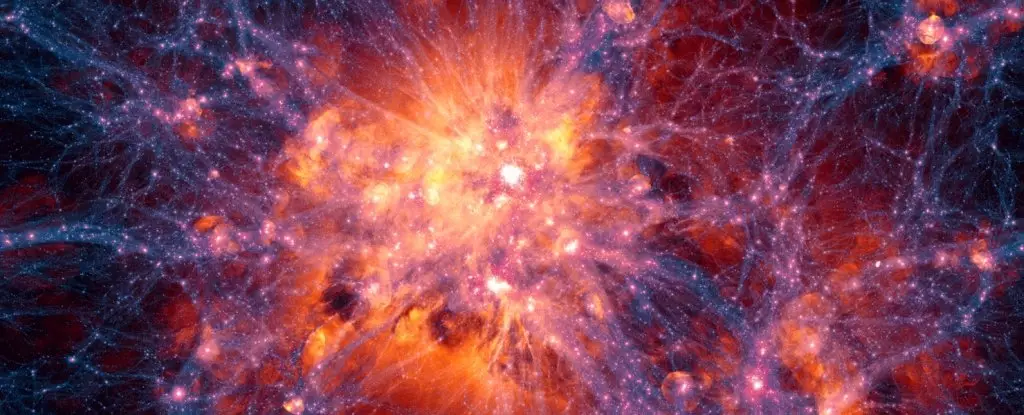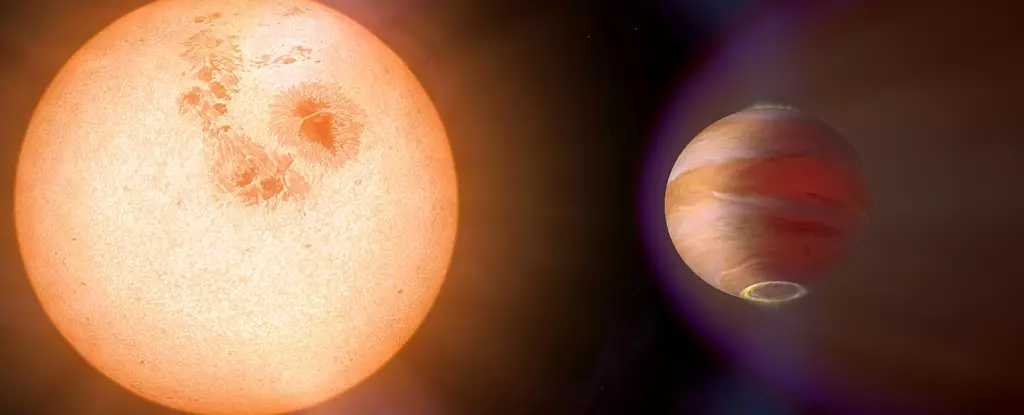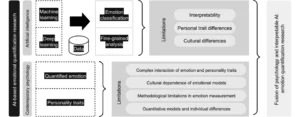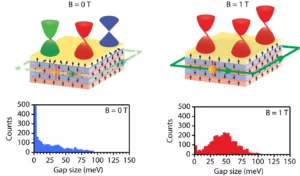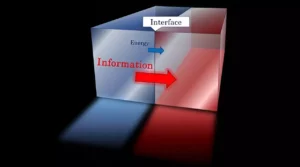In social settings, the presence of a fidgeter can feel like an unwelcome distraction. Whether it’s someone tapping their foot, drumming their fingers, or shifting restlessly in their chair, these repetitive movements can be jarring. While one might think this irritation is merely a personal annoyance, current research reveals that such responses can stem from
The quest to unlock the potential of quantum anomalous Hall (QAH) insulators hinges on overcoming the hurdles posed by magnetic disorder. A groundbreaking study led by a team from Monash University has shed light on how magnetic disorder disrupts the fundamental topological protection in these cutting-edge materials. The findings, detailed in the article “Imaging the
Over a century after Albert Einstein first formulated his theory of general relativity, the scientific community continues to find compelling evidence supporting its predictions. In one of the largest tests to date, astronomers, led by the Lawrence Berkeley National Laboratory’s Dark Energy Spectroscopic Instrument (DESI), have mapped nearly 6 million galaxies across an expansive timeline
Stars, those radiant orbs flickering across the cosmos, boast a variety of elemental compositions, known as metallicity. Recent advancements in astronomical techniques allow scientists to measure this metallicity with remarkable precision. Researchers are now delving deeper into understanding why some stars formed in the same stellar nursery exhibit significant differences in their metal content. An
Global warming remains one of the most pressing issues of our time, largely driven by the increasing levels of carbon dioxide (CO2) emissions. In the quest for sustainable solutions, researchers are exploring innovative methods to capture and utilize CO2, particularly in the construction industry. One promising avenue is the process of carbonation in cement-based materials.
In recent years, advancements in photonic applications have remarkably reshaped sectors such as communication, medicine, and spectroscopy. The ability to manipulate light through interactions with matter has paved the way for groundbreaking technologies, including lasers and quantum computing. The latest achievement in this fast-evolving field comes from researchers at Chalmers University of Technology. By merging
The Permian-Triassic extinction, occurring approximately 252 million years ago, remains one of the most significant mass extinctions in Earth’s history. Recent research spearheaded by the University of Bristol and the China University of Geosciences (Wuhan) has illuminated how mega El Niño events played a pivotal role in this catastrophic event. Previously attributed primarily to volcanic
Living in rural areas has its perks, particularly when it comes to enjoying the wonders of a clear night sky. For many, the sight of a sprawling pitch-black canvas sprinkled with stars is both awe-inspiring and grounding. Unfortunately, the marvels of the cosmos are increasingly out of reach, with an estimated 60% of the global
Recent findings pose unsettling questions about the potential spread of bird flu among humans, particularly within the dairy farming community in the United States. Blood samples from 115 dairy workers across Michigan and Colorado reveal a silent, yet significant, occurrence of the highly pathogenic H5N1 strain of avian influenza among individuals who might otherwise consider
The intricate dance of cellular life has long been a subject of fascination among biologists and neuroscientists alike. Recent breakthroughs have ignited a tantalizing inquiry into the learning capabilities of individual cells, a phenomenon that traditionally has been attributed to complex organisms possessing nervous systems. Research led by prominent scientists such as Jeremy Gunawardena from
The birth and evolution of galaxies have long intrigued astronomers, with experiences bolstered by advanced technologies like the James Webb Space Telescope (JWST). Recent discoveries have unveiled three galaxies, dubbed ‘red monsters,’ which appear to challenge established theories surrounding galaxy formation. As these anomalies reveal themselves, they have fueled discussions about the nature of the
As cities around the globe face the pressing challenge of climate change, the concept of “urban electrification” comes to the forefront as a viable solution for decreasing dependency on fossil fuels. Recent advancements, led by a collaborative research team from the Korea Institute of Energy Research (KIER)—specifically from the Renewable Energy System Laboratory and the
Recent developments in the field of quantum computing have illuminated the path toward more coherent understandings of complex quantum systems. Researchers at the University of Chicago, in collaboration with Argonne National Laboratory, have unveiled a novel classical algorithm that simulates Gaussian boson sampling (GBS) experiments. This breakthrough, published in *Nature Physics*, does more than just
The preservation of biological materials is a cornerstone in the fields of medicine and biotechnology. Treatments needed in critical situations, such as vaccines, blood donations, and various cellular therapies, often necessitate rapid freezing methods to maintain their functional integrity. This process, known as cryopreservation, is hindered by a significant challenge: the formation of ice crystals
Food waste is a pressing issue that has far-reaching implications for the environment. Contributing to approximately 8 to 10% of global greenhouse gas emissions, the disposal of edible food in landfills represents a significant waste of resources and a missed opportunity for sustainability. In an effort to address this challenge, various U.S. states have enacted


